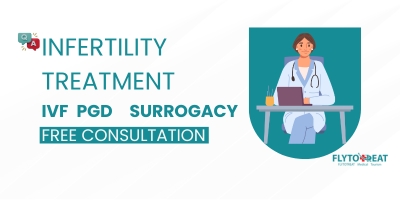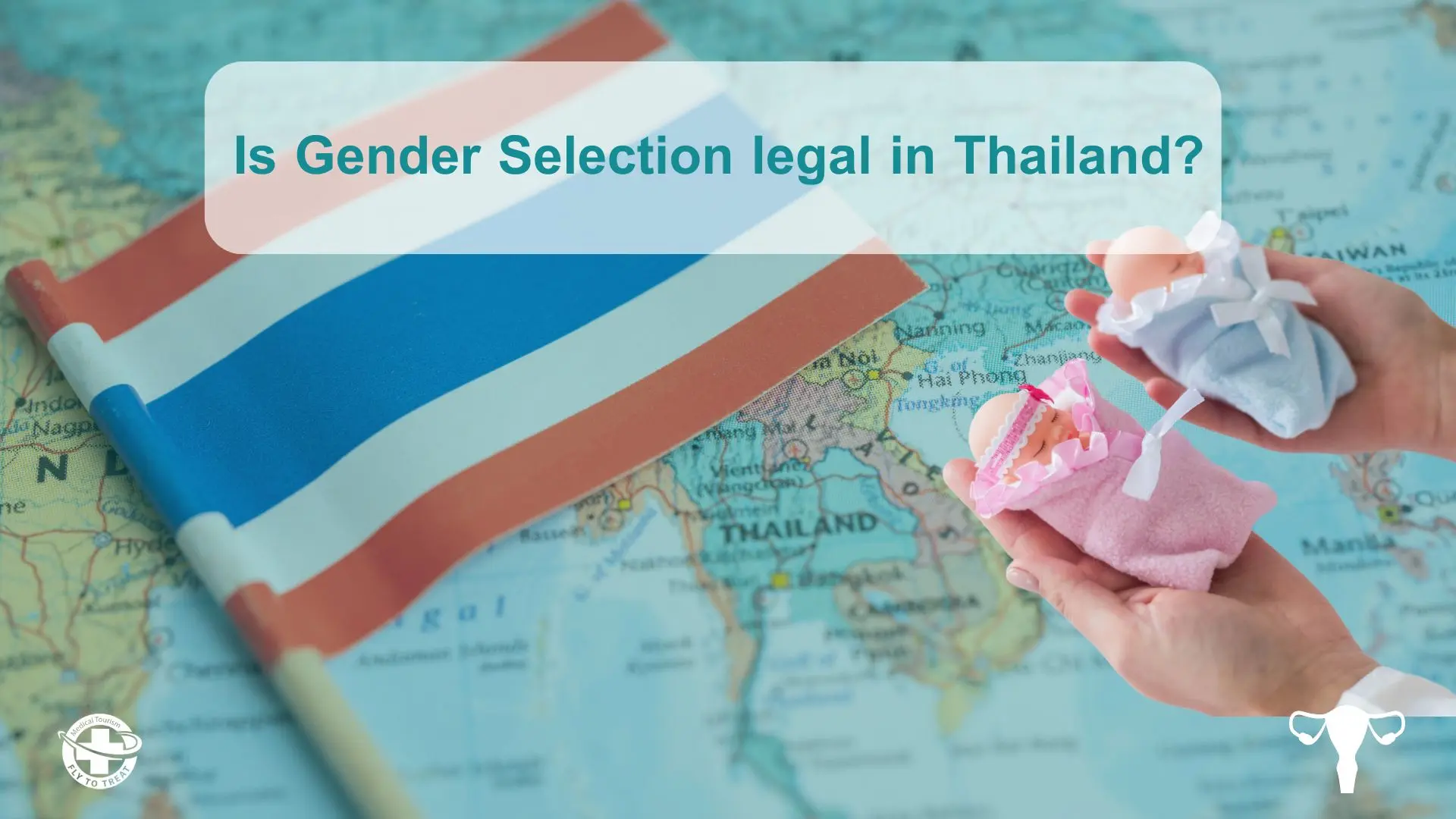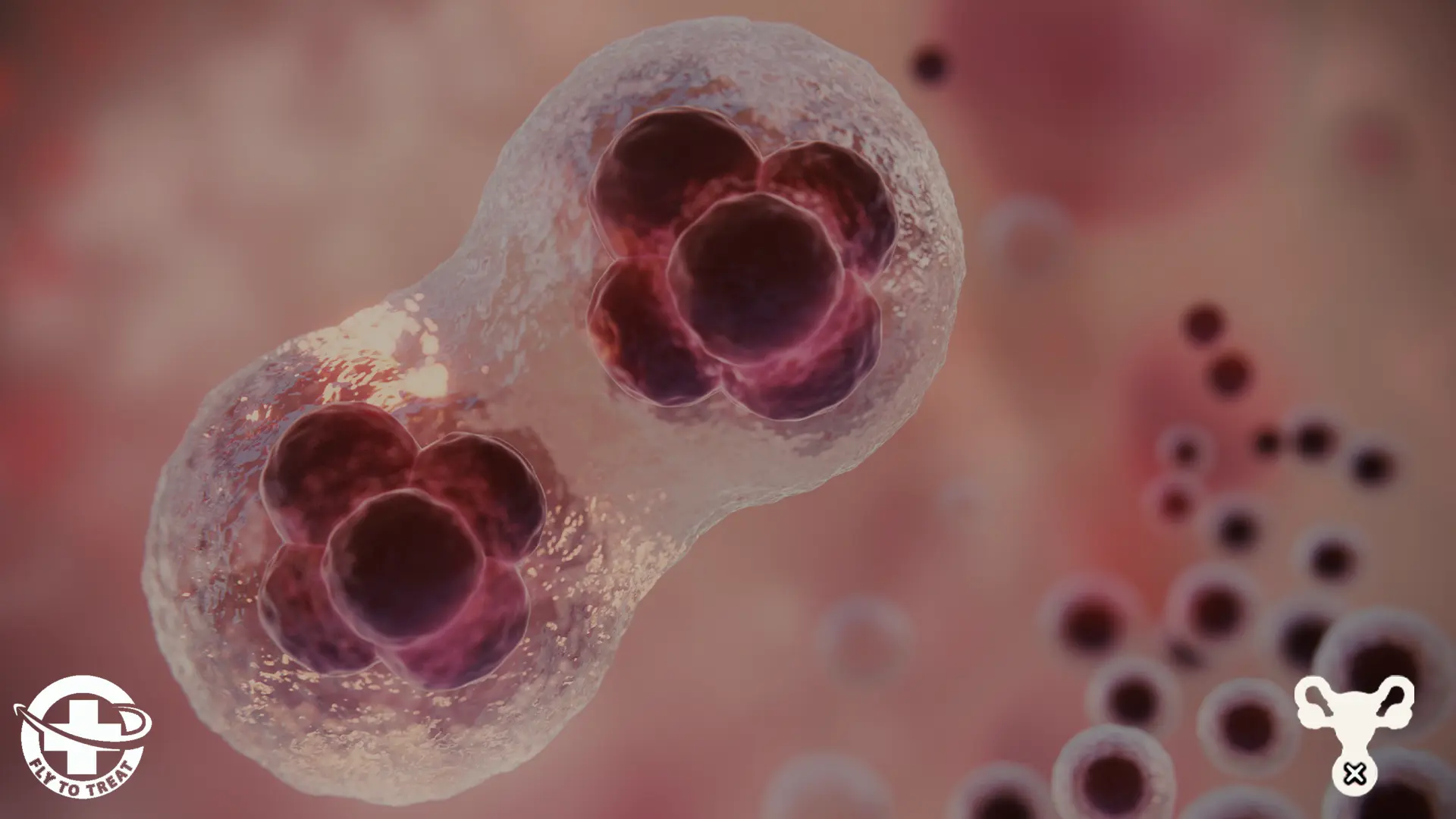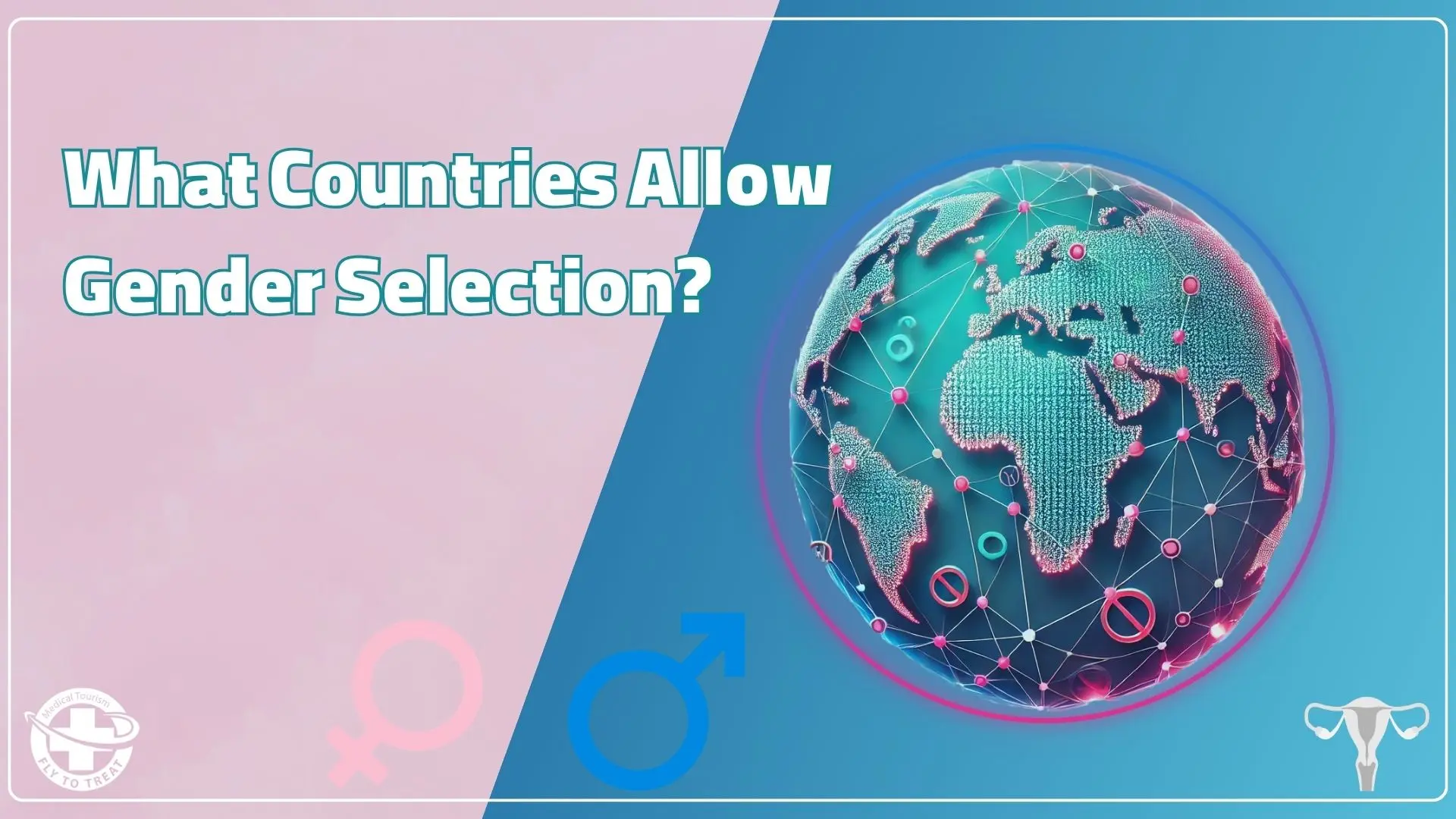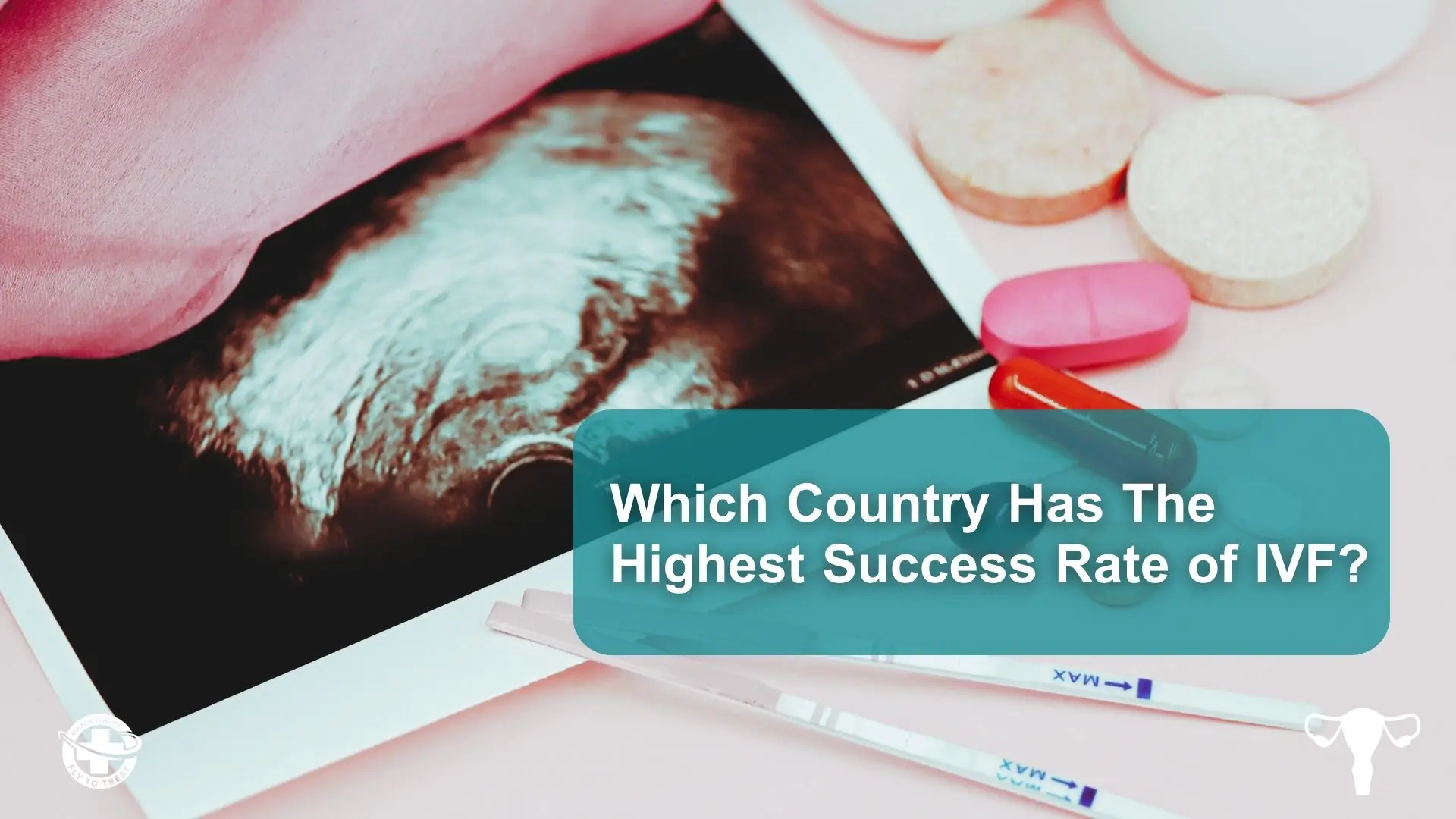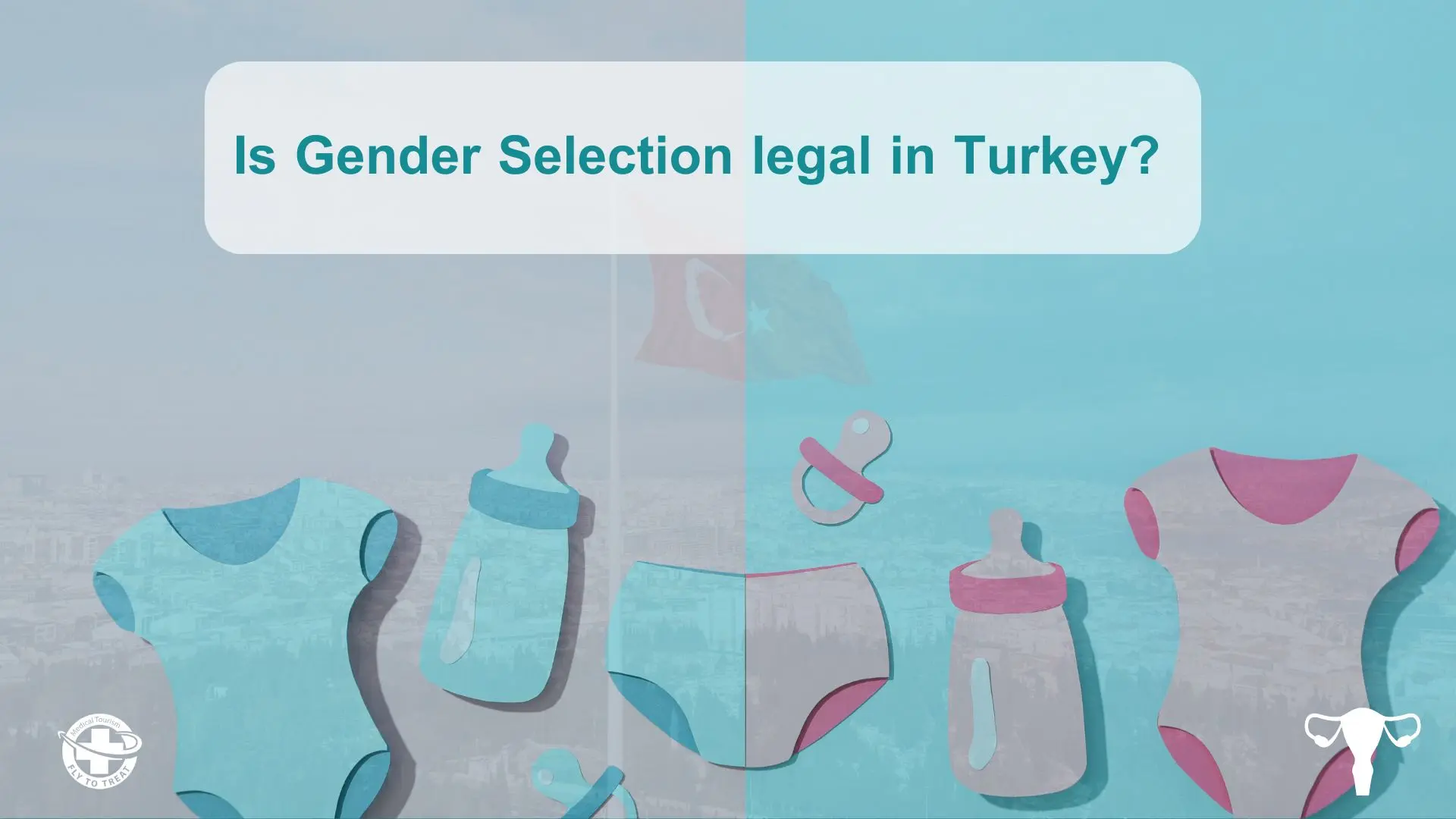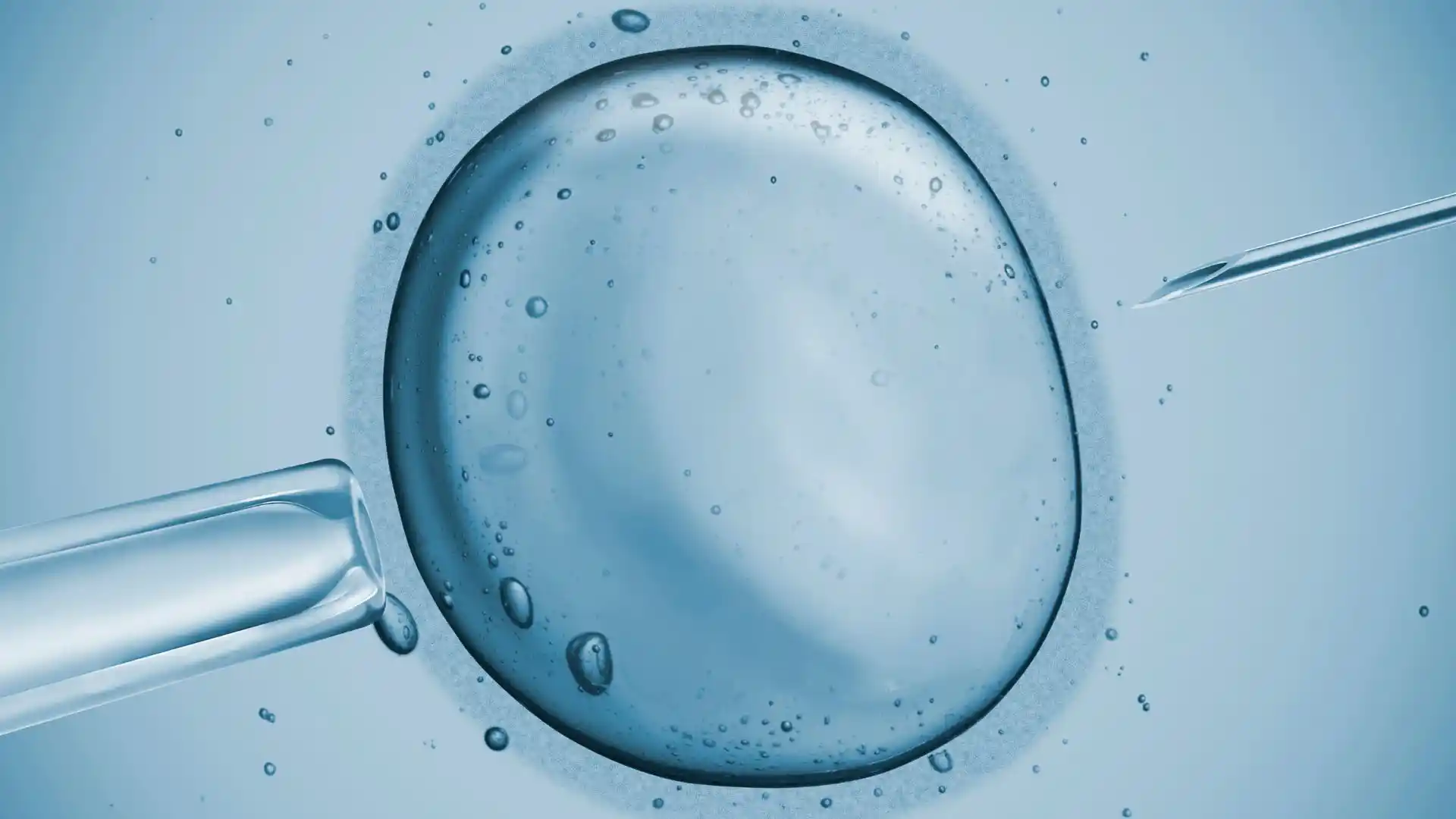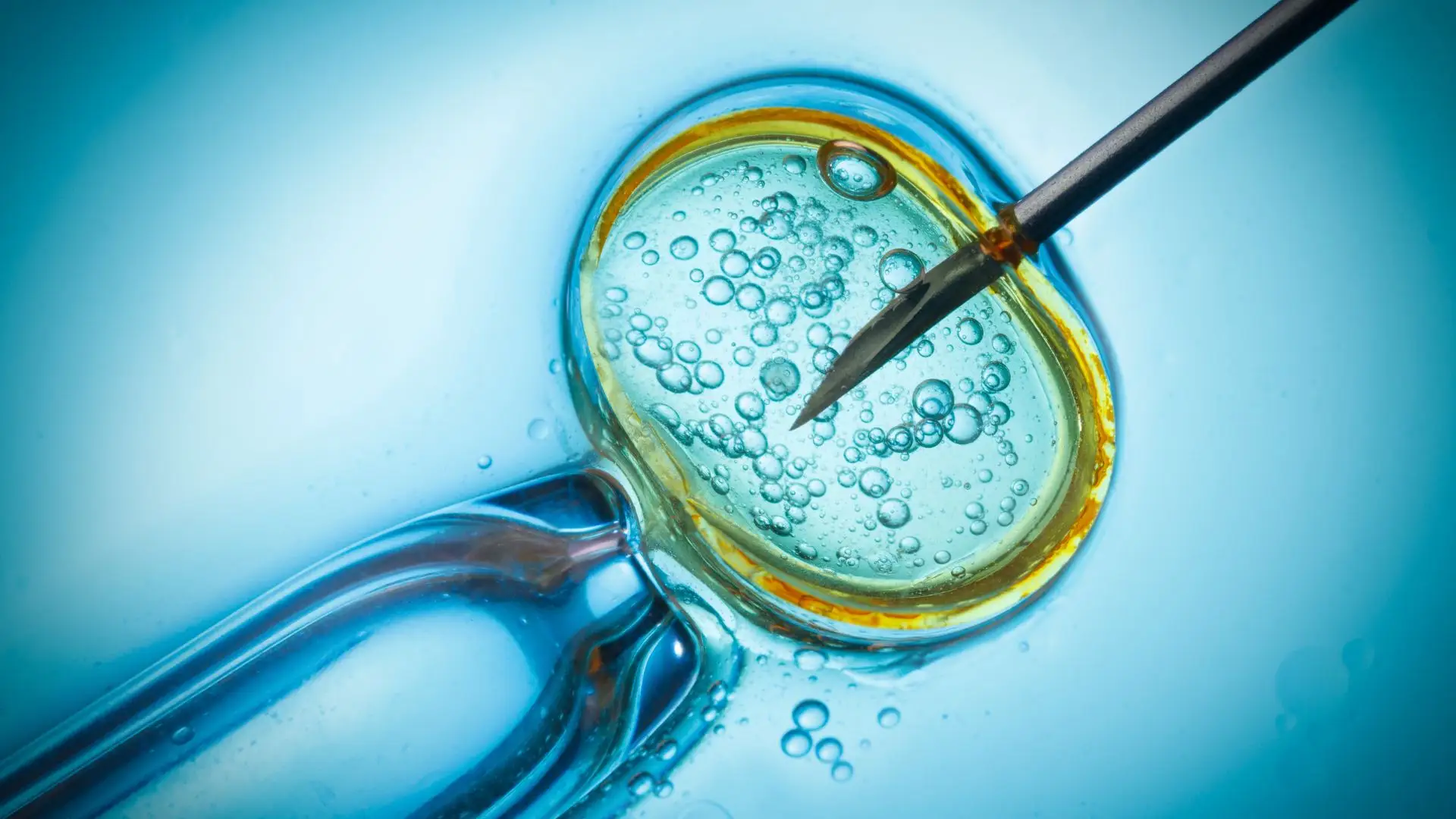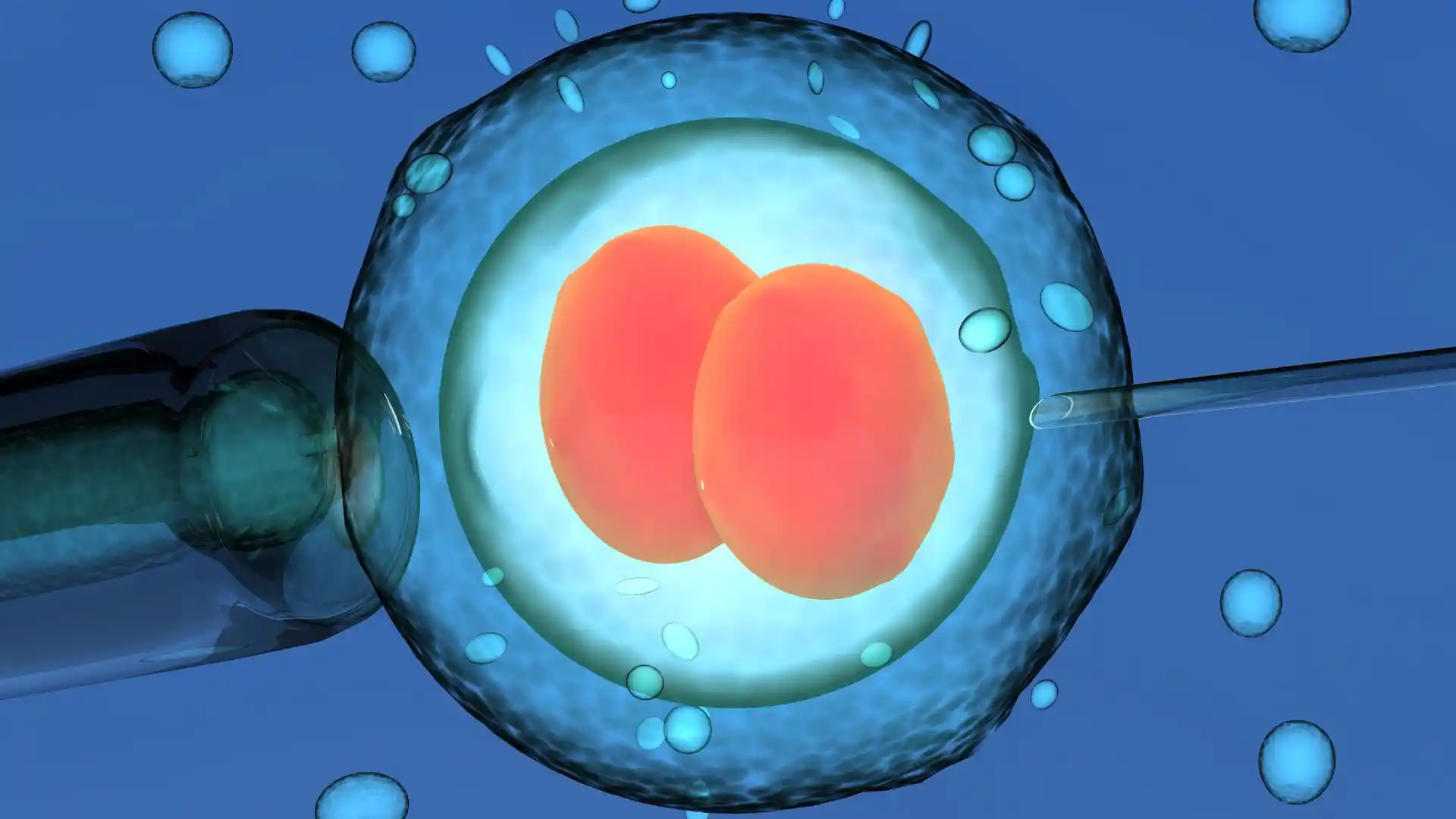
Is Iran Good for IVF?
IVF in Iran is a rapidly growing field, offering hope to many couples facing infertility. FlyToTreat provides a comprehensive guide to help you navigate the process, answering critical questions like "Best IVF centre in Iran," "Is Iran good for IVF?" and "What should I do for IVF treatment in Iran?" This article delves into the benefits, procedures, and legal aspects of in vitro fertilization in Iran, ensuring you have all the information needed to make an informed decision.
You may also want to read about: "IVF+ Gender Selection in Iran"
Table of Contents
Is Iran good for IVF?
Iran is an excellent destination for the process of IVF step by step due to its advanced medical facilities and skilled professionals. According to the National Center for Biotechnology Information, Iran has established itself as a leader in fertility treatments, offering high success rates comparable to Western countries. The country's fertility centers are equipped with the latest technology and follow international standards, ensuring top-quality care.
The best IVF centers in Iran provide comprehensive and affordable fertility treatments. Patients can expect personalized care and support throughout in vitro fertilization.
One of the other IVF benefits in Iran is its affordability that makes it an attractive option for international patients. The combination of experienced specialists, cutting-edge technology, and reasonable costs make Iran a favourable choice for couples seeking fertility treatments.
Choosing in vitro fertilization in Iran ensures access to world-class medical care, high success rates, and a supportive patient environment.
Benefits of IVF in Iran
Benifits of IVF in Iran are numerous, making it a preferable destination for infertility treatments. The country boasts modern clinics with the latest technology and highly skilled specialists, ensuring high success rates for in vitro fertilization in Iran. Additionally, the costs are significantly lower compared to other countries, making advanced fertility treatments more accessible. Patients also benefit from comprehensive legal support and ethical practices, ensuring a safe and supportive environment for their treatment. The presence of the best IVF centers in Iran further enhances its appeal.
How many IVF clinics are there in Iran?
Iran is home to a significant number of IVF clinics, making it a leading destination for fertility treatments. The country has more than 70 specialized centers offering in vitro fertilization services. These clinics are spread across major cities, ensuring accessibility for both local and international patients.
• Iran's IVF clinics are known for their high success rates and advanced technologies, adhering to international standards.
• Many of these clinics are recognized as the best IVF centers in Iran, offering comprehensive and personalized care to patients.
• The widespread availability of IVF in Iran allows couples to choose from a variety of reputable clinics based on their specific needs and preferences.
With the combination of experienced professionals, state-of-the-art facilities, and affordable treatment options, Iran continues to attract numerous couples seeking successful fertility treatments. This extensive network of clinics ensures that patients receive top-quality care and support throughout their in vitro fertilization in Iran journey.
What should I do for IVF treatment in Iran?
For IVF treatment in Iran, follow these steps to ensure a smooth and successful process:
1. Research: Identify the best IVF center in Iran by researching various clinics, their success rates, and patient reviews. Look for clinics with experienced staff and advanced technologies.
2. Consultation: Schedule a consultation with a fertility specialist. During this visit, discuss your medical history, undergo necessary tests, and develop a personalized treatment plan. You can connect with our professional consultants to get a free consultation.
3. Legal and Ethical Considerations: Familiarize yourself with Iran's legal and ethical aspects of in vitro fertilization. Ensure that the clinic adheres to national guidelines and international standards.
4. Travel Arrangements: Plan your trip, including obtaining a visa, booking accommodation, and arranging transportation.
5. Treatment Preparation: Follow the doctor's advice on lifestyle changes, medications, and other preparations before starting the IVF in Iran.
6. Support System: Have a support system in place, whether it's a partner, family member, or friend, to help you through the emotional and physical aspects of the treatment.
Following these steps can maximize your chances of a successful in vitro fertilization experience in Iran.
Are Muslims allowed to use IVF?
In Islam, the permissibility of using in vitro fertilization (IVF) varies based on different schools of thought:
• Sunni Perspective: In Sunni-majority countries, there are restrictions on using third-party donors. However, IVF between a husband and wife is generally permissible.
• Shia Perspective: In Shia-majority countries like Iran, the use of IVF is widely accepted. This includes procedures like egg donation, embryo donation, and surrogacy, as endorsed by religious authorities.
• Legal and Religious Support: Iran, a predominantly Shia Muslim country, supports the use of IVF in Iran through legal and religious frameworks. Fatwas, from Shia scholars, approves various assisted reproductive technologies.
• Ethical Considerations: The procedures must align with ethical guidelines in both Sunni and Shia contexts. Third-party involvement, like embryo adoption, is typically not allowed in Sunni practice.
Therefore, Muslim couples seeking IVF in Iran can confidently pursue treatment, knowing it aligns with religious and ethical standards.
IVF Prices in Iran
Many couples face challenges in treating infertility due to budget constraints. Choosing IVF in Iran offers a solution with its affordable costs and high-quality treatment:
• Affordable IVF Costs: In Iran, the cost of in vitro fertilization (IVF) is significantly lower compared to other countries.
• Quality of Care: Low costs do not equate to low quality. Iran offers high-quality medical services at competitive prices.
• Comparative Savings: While IVF can be expensive in places like the USA, costing up to $30,000 per cycle, Iran provides the same treatment for much less, making it an attractive destination.
• Comprehensive Benefits: Patients benefit from skilled doctors, well-equipped fertility centers, and supportive legal and ethical frameworks.
Thus, IVF in Iran combines affordability with top-notch medical care, attracting many international couples seeking fertility treatments.
You can also get some information about prices of FlytoTreat services in Iran IVF with Egg donation cost in Iran, IVF with gender selection(PGD) in Iran , IVF with Embryo donation in Iran and also Surrogacy cost in Iran.
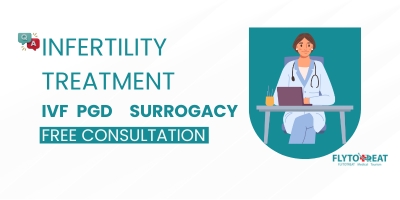 IVF success rates in Iran
IVF success rates in Iran
The IVF success rate in Iran is notably high, thanks to modern equipment and the latest technology used by expert fertility specialists. Each year, many couples travel to Iran to address infertility and fulfill their dream of parenthood:
• High Success Rates: The success rate of in vitro fertilization in Iran aligns with or exceeds global standards.
• Age-Dependent Success: For women under 35, the success rate is around 40%, while for those over 35, it ranges from 15% to 20%.
• Varied Rates by Clinic: Success rates vary among different fertility centers, making it crucial for patients to seek guidance from professional agencies to find the best IVF center in Iran.
Overall, IVF in Iran offers promising outcomes, supported by advanced technology and experienced specialists, making it a favoured destination for fertility treatments.
How is the IVF Procedure in Iran?
In vitro fertilization in Iran increases the chance of pregnancy if you have fertility problems. Still, there is no guarantee because every person is different from the others. A cycle of IVF can take almost two or three weeks. This procedure involves several steps, including ovarian stimulation, egg retrieval, sperm retrieval, fertilization, and embryo transfer. Sometimes, this process works on the first try, but many people need more than one cycle to get a good result.
Step 1: Ovarian stimulation
Each month, ovaries produce one egg. Before starting the IVF procedure, synthetic hormones are used to stimulate egg production. In addition to one egg produced each month, multiple eggs are needed in this procedure. This is because some eggs will not fertilize or normally develop after fertilization. Different medications will be used, including medications for ovarian stimulation, medications for oocyte maturation, medications to prevent premature ovulation, and medications to prepare the recipient's uterus (whether it is the same woman or a surrogate).
While taking your medications, you will be under the monitor of your doctor to know which medications to use and when to stop taking them. To determine when the right time for collecting the eggs is, you need to have vaginal ultrasounds and blood tests. Through vaginal ultrasound, your doctor monitors the development of follicles. Blood tests measure your body's response to ovarian stimulation medications. You should know that sometimes the in vitro fertilization cycle might be cancelled before egg retrieval due to some reasons like:
• Inadequate number of developing follicles
• Premature ovulation
• Developing too many follicles that may have the risk of ovarian hyperstimulation syndrome
• Other medical issues detected by the doctor
Step 2: Egg retrieval
The egg retrieval process can be done 34 to 36 hours after your last injection. During the egg retrieval process, you will be sedated by light anesthesia. The usual retrieval method of egg retrieval is transvaginal ultrasound aspiration. To identify follicles, an ultrasound probe and a thin needle is inserted into your vagina. Then a thin needle is inserted into the vagina and into the follicles to retrieve the eggs. The eggs will be retrieved through a needle connected to a suction device. After the egg retrieval, you may experience a slight cramping or pressure, which will disappear quickly. Matured eggs will be placed in a culture medium for fertilization.
Step 3: Sperm retrieval
A semen sample must be provided on the same day of your egg retrieval. After semen retrieval, it may be washed to enhance its quality. Typically, the semen will be collected naturally; however, other methods like testicular aspiration are required in some cases. Donor sperm can also be used in some countries, but this method is outlawed for IVF in Iran.
Step 4: Fertilization
The process of fertilization can happen in different ways:
• Conventional insemination: during this process, healthy sperm and mature eggs are combined in vitro to conceive and create embryos.
• Intracytoplasmic sperm injection (ICSI): in the ICSI method, healthy sperm is directly injected into a mature egg. This method is often used when the quality, number, or sperm motility has problems or a history of prior failed fertilization.
• Assisted hatching: in this technique, the embryo is hatched from its surrounding membrane (zona pellucida) to be implanted into the uterus lining. This technique makes a hole in zona pellucida before the transfer to help the embryo hatch and implant. You may use assisted hatching if you are older, have had multiple failed IVF attempts, or use frozen eggs or embryos (freezing can harden the zona pellucida).
• Preimplantation genetic testing (PGT/ PGD) and sex selection (PGS): five or six days after embryo development, a small sample can be removed safely and tested for detecting specific genetic disorders and the correct number of chromosomes. Embryos without affected genes or chromosomal problems can be transferred to the uterus. Through PGD tests, the likelihood of passing a genetic problem on to offspring is reduced. In this stage, sex selection can happen through the PGS test. PGS can reveal the gender of embryos, allowing the parents to choose the preferred sex for their baby.
Step 5: Embryo transfer
The last step of in vitro fertilization in Iran is transferring the prepared embryo into the uterus. Embryo transfer usually takes place 2-5 days after egg retrieval. Before starting, you might be given a mild sedative. Your doctor inserts a thin, flexible tube called a catheter through your cervix into your uterus. A syringe filled with one or more embryos floating in a small amount of fluid is attached to the end of the catheter, letting the doctor place the embryos into your uterus. If the procedure succeeds, the embryo will be implanted in the uterus lining for 6-10 days. The positive result of the pregnancy test after about two weeks can show that the pregnancy successfully happened.
Who needs IVF treatment?
In vitro fertilization is a crucial option for many couples facing infertility issues:
• Blocked or Damaged Fallopian Tubes: Women with tubal issues preventing natural fertilization.
• Ovulation Disorders: Those who have infrequent or absent ovulation.
• Endometriosis: A condition where uterine tissue grows outside the uterus, affecting fertility.
• Male Infertility: Low sperm count or motility can be addressed with IVF.
• Unexplained Infertility: Couples who haven't identified a specific cause for infertility.
• Genetic Disorders: Preventing the transmission of genetic conditions to the child.
• Previous Treatments Failed: When other fertility treatments haven't worked.
Patients seeking IVF in Iran benefit from advanced medical practices and high success rates, making it a preferred destination. For the best IVF center in Iran, it's essential to consider individual medical history and consult with experienced specialists to determine the most appropriate treatment plan.
Legal Aspects of IVF in Iran
The legal framework surrounding IVF in Iran is supportive, making it a prominent destination for fertility treatments in the Middle East. In Iran, assisted reproductive technologies (ART) such as IVF, egg donation, embryo donation, preimplantation genetic diagnosis (PGD), and surrogacy are all legitimized. This has positioned Iran as a leading country for in vitro fertilization and other fertility treatments. Unlike secular countries where biotechnologies' legitimization falls to committees and parliaments, in Iran, Islamic jurists, with medical practitioners' input, oversee these decisions to ensure ethical compliance. In 1999, Ayatollah Khamenei declared surrogacy and egg or embryo donations permissible under specific conditions, thus including IVF within this legal scope. This legalization has made infertility treatment in Iran for couples from all around the world an attractive option, and many patients seeking advanced and affordable medical services at the best IVF centers in Iran travel to this country.
Conclusion
Choosing to undergo in vitro fertilization in Iran is a decision backed by advanced medical practices, high success rates, and supportive legal frameworks. With numerous reputable clinics and experienced professionals, Iran stands out as a top destination for fertility treatments. FlyToTreat guides you through every step, ensuring you receive the best care possible. Whether considering the best IVF center in Iran or understanding the legalities, our article provides the answers for a successful and smooth IVF journey.
MEDICALLY REVIEWED BY: Dr. Ali Bazazi
AUTHOR: Leila Nazari
26 June 2023 - Updated At: 19 February 2025
Related Articles
Related Services
Comment

